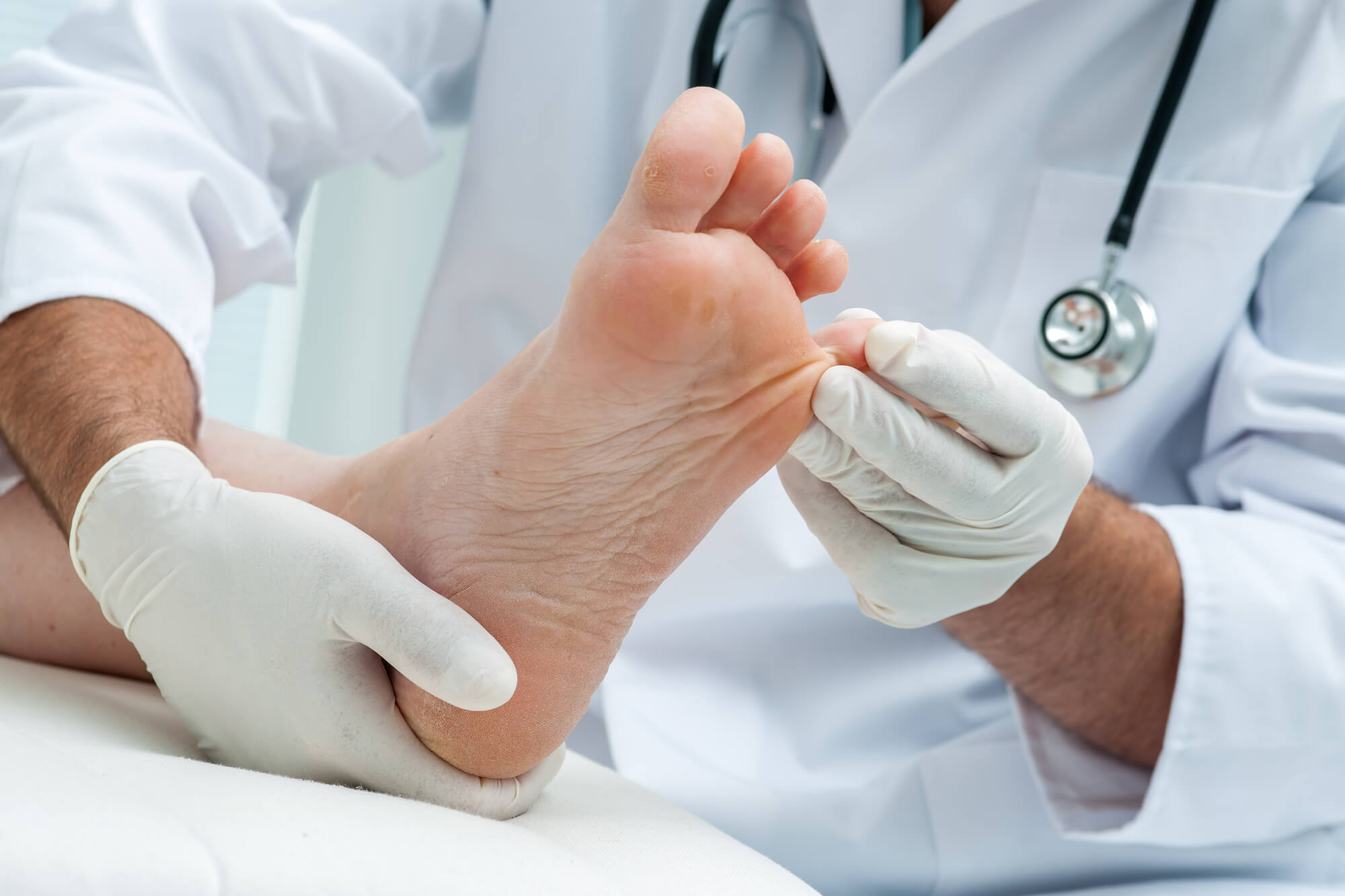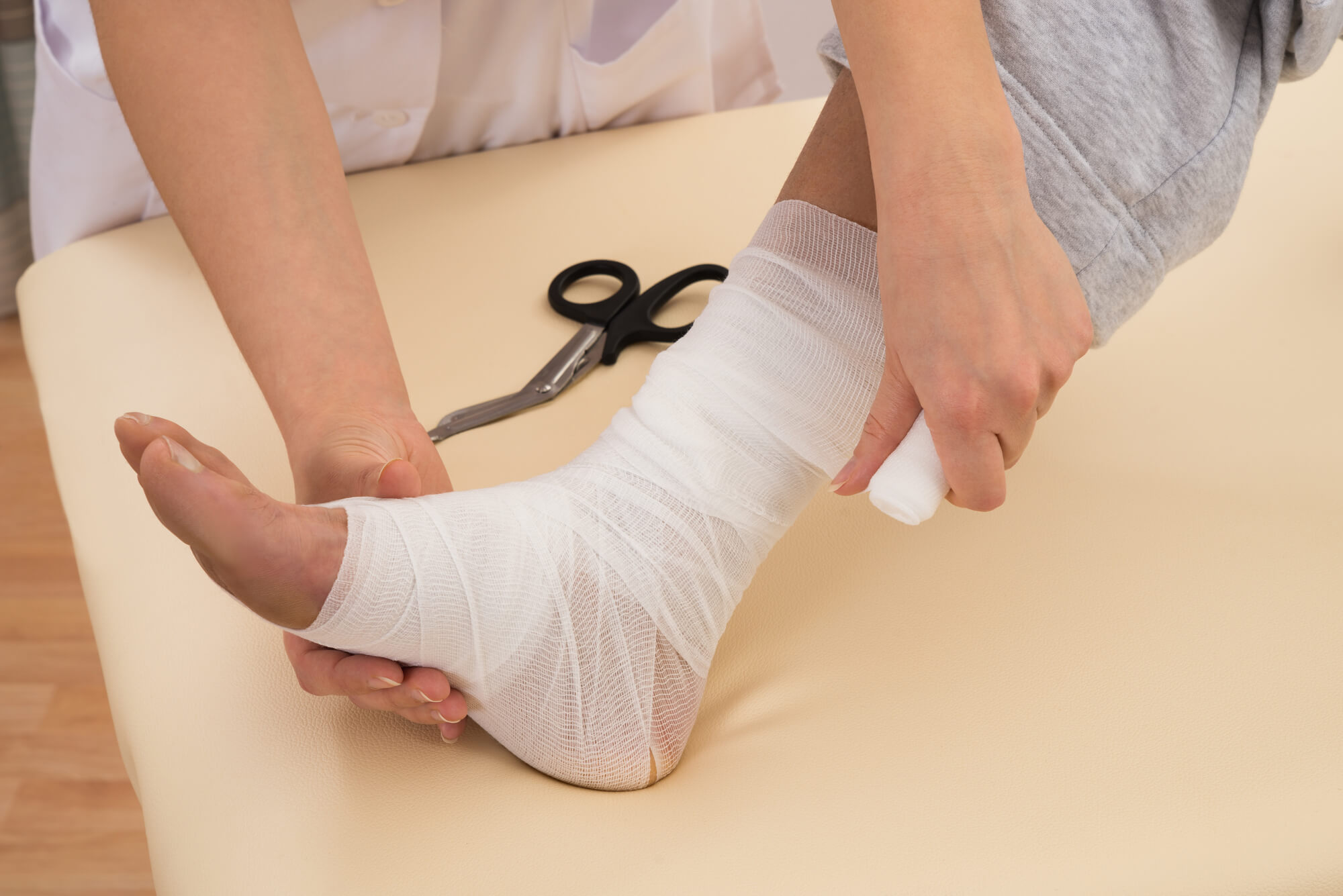Recovering from Foot Surgery
If you are facing foot or ankle surgery, you may feel anxious about recovery. Whether you are having surgery to address a structural issue, repair an injury, or relieve chronic pain, it is normal to have concerns about how your recovery will progress. However, by preparing in advance and following your podiatrist's instructions, you can increase your chances of a successful recovery. This article will provide tips and strategies for recovering from foot surgery, including pre-surgery preparation, the surgery and immediate recovery period, rehabilitation and physical therapy, managing pain, and discomfort at home, and returning to normal activities.
Pre-Surgery Preparation
Before you undergo foot surgery, there are a few things you can do to set yourself up for success. First and foremost, it is important to follow all of your doctor's instructions. This may include getting lab work or other tests done, stopping certain medications, and arranging transportation to and from the surgery. Your doctor may also give you a list of items to purchase or have on hand for recovery, such as a shower chair or crutches.
In addition to following your doctor's instructions, it is also a good idea to ask any questions you may have about the surgery and recovery process. Some things you may want to ask your podiatrist include the following:
- What type of anesthesia will be used during the surgery?
- How long will the surgery take?
- What is the expected recovery time?
- Will I need physical therapy after the surgery?
- What are the potential complications of the surgery?
- What should I do if I experience pain or other issues during recovery?
By asking these questions, you can better understand what to expect and how to prepare for surgery and recovery.

The Surgery and Immediate Recovery Period
During foot surgery, you will be given anesthesia to keep you comfortable. The type of anesthesia used will depend on the surgery performed and your individual needs. Your podiatrist will discuss the options with you in advance.
The surgery itself may take anywhere from a few hours to several hours, depending on the complexity of the procedure. Once the surgery is completed, you will be taken to a recovery room to be monitored until the anesthesia has worn off.
During the immediate recovery period, you can experience some pain and discomfort. Your doctor will provide a pain management plan to help you cope with these symptoms. This may include over-the-counter or prescription medications, ice, and elevation to reduce swelling.
Following your pain management plan and communicating with your doctor if you are experiencing uncontrolled pain is important. It is also important to follow other doctors instructions, such as keeping your foot elevated and avoiding weight-bearing activities.

Rehabilitation and Physical Therapy
After foot surgery, it is common to go through a period of rehabilitation and physical therapy to help improve mobility and strength in the foot and ankle. Your rehabilitation plan will be tailored to your individual needs and may include exercises to improve your range of motion, strength, and balance.
Physical therapy can be done at a clinic or in the comfort of your own home. Your therapist will work with you to develop a plan that meets your needs and goals. It is important to follow this plan as directed and to communicate with your therapist if you are experiencing any issues.
Some common exercises and stretches that may be included in a rehabilitation plan after foot surgery include:
- Toe raises: Stand with your feet hip-width apart and lift your toes, holding for a few seconds before lowering them back down.
- Heel raises: Stand with your feet hip-width apart and lift your heels off the ground, holding for a few seconds before lowering them back down.
- Ankle pumps: Sit with your legs extended and pump your ankles up and down, moving the foot and ankle in a circular motion.
- Towel stretches: Sit with your legs extended and place a towel around the ball of your foot. Use the towel to gently pull your toes towards you, stretching the muscles in the foot and ankle.
It is important to start these exercises slowly and gradually increase the intensity as your strength and mobility improve. Your therapist will be able to guide how to progress safely.
It is normal to experience some soreness after physical therapy sessions, but you should not experience severe or long-lasting pain. If you do, it is important to communicate this to your therapist so that they can adjust your treatment plan accordingly.

Managing Pain and Discomfort at Home
You may experience discomfort and pain at home as you recover from foot surgery. You can do several things to manage these symptoms and promote healing.
First, following your pain management plan as directed by your doctor is important. This may include taking over-the-counter or prescription pain medication and using ice and elevation to reduce swelling. It is also important to stay well hydrated and get plenty of rest to aid in healing.
If you are experiencing swelling, you can use a compression wrap or wear compression socks to help reduce swelling and improve circulation. You may also find it helpful to elevate your foot above your heart when sitting or lying down.
If you are experiencing severe or long-lasting pain or have any other concerns about your recovery, it is important to contact your doctor or therapist for further guidance.

Returning to Normal Activities
As you recover from foot surgery, you will gradually be able to return to your normal activities. However, it is important to take things slowly and not push yourself too hard.
The amount of time it takes to recover from foot surgery fully will depend on the type of surgery you had and your healing process. Some people may be able to return to work and normal activities within a few weeks, while others may take several months to recover fully. Your doctor can guide you when returning to work and other activities are safe.
When you start to return to normal activities, it is important to take precautions to prevent re-injury. This may include wearing proper footwear, avoiding activities that strain the foot and ankle, and gradually increasing your activity level.
Suppose you experience pain or other issues as you return to normal activities. In that case, it is important to communicate this to your doctor or therapist so that they can adjust your treatment plan accordingly.
Conclusion
Recovering from foot surgery can be challenging, but with the right preparation and care, you can make a smooth and successful recovery. By following your doctor's instructions, participating in physical therapy and rehabilitation, and managing pain and discomfort at home, you can improve your chances of a complete recovery. Remember to take things slowly, listen to your body as you return to normal activities, and seek medical attention if you experience any complications or concerns.

